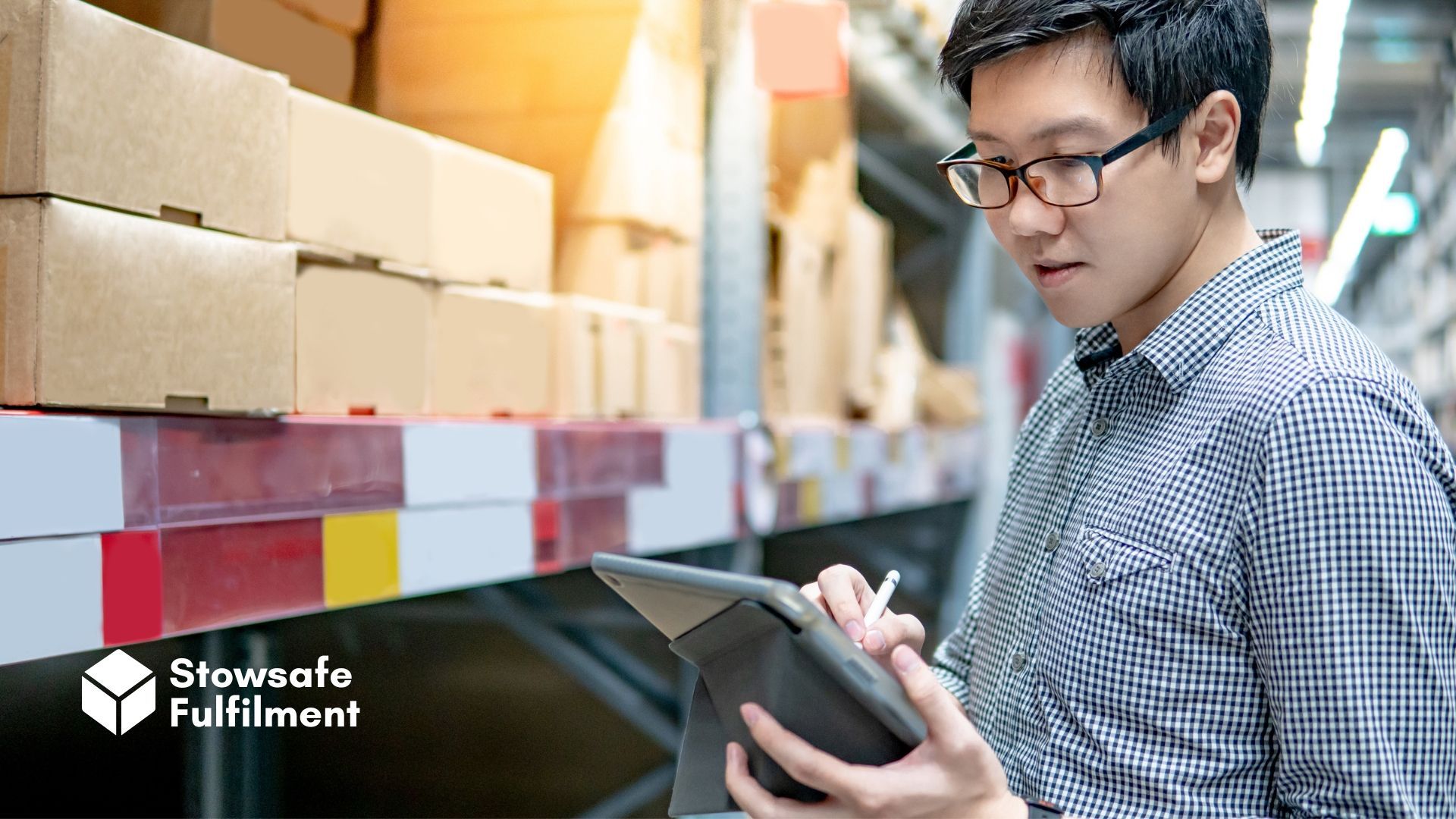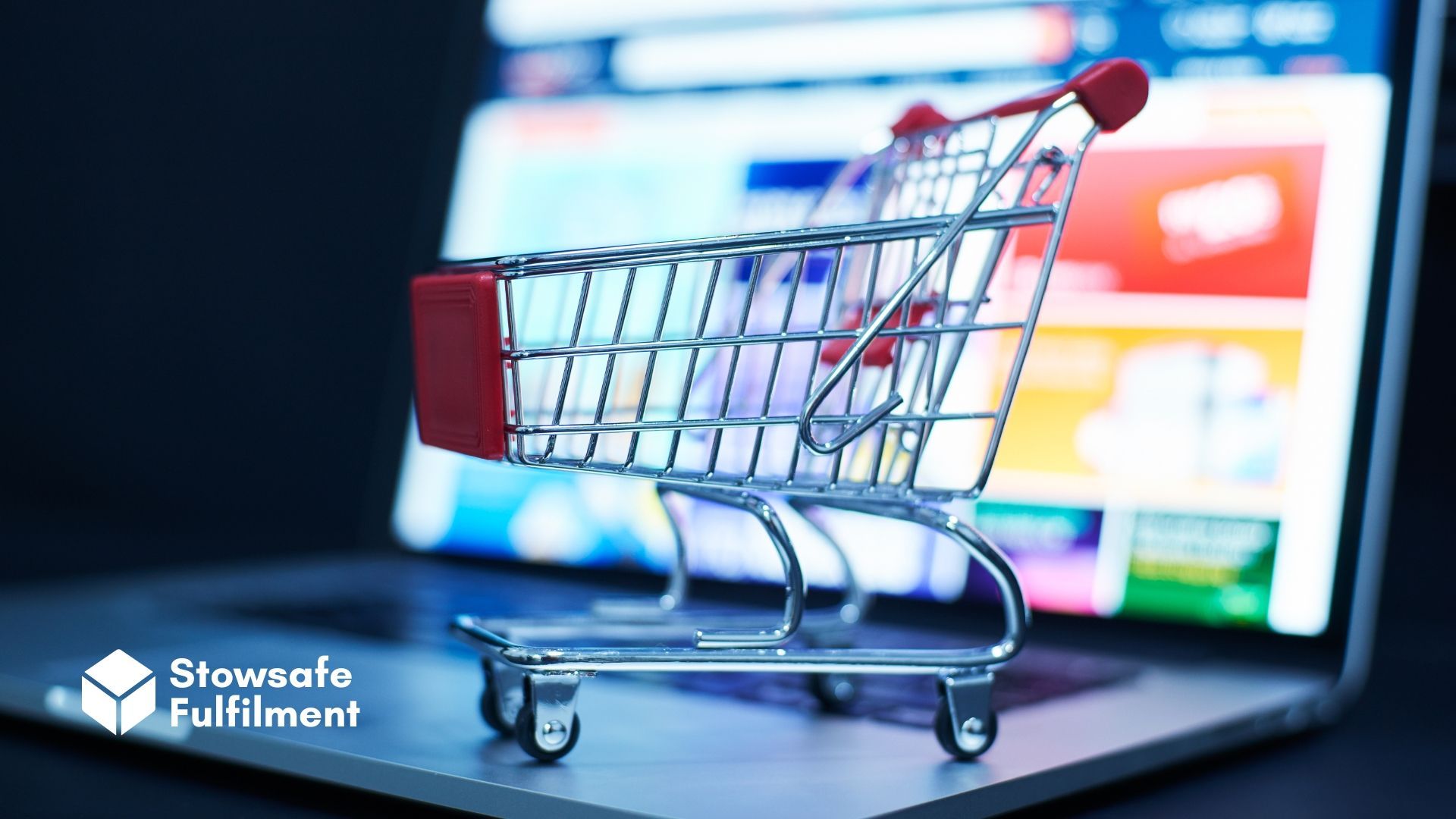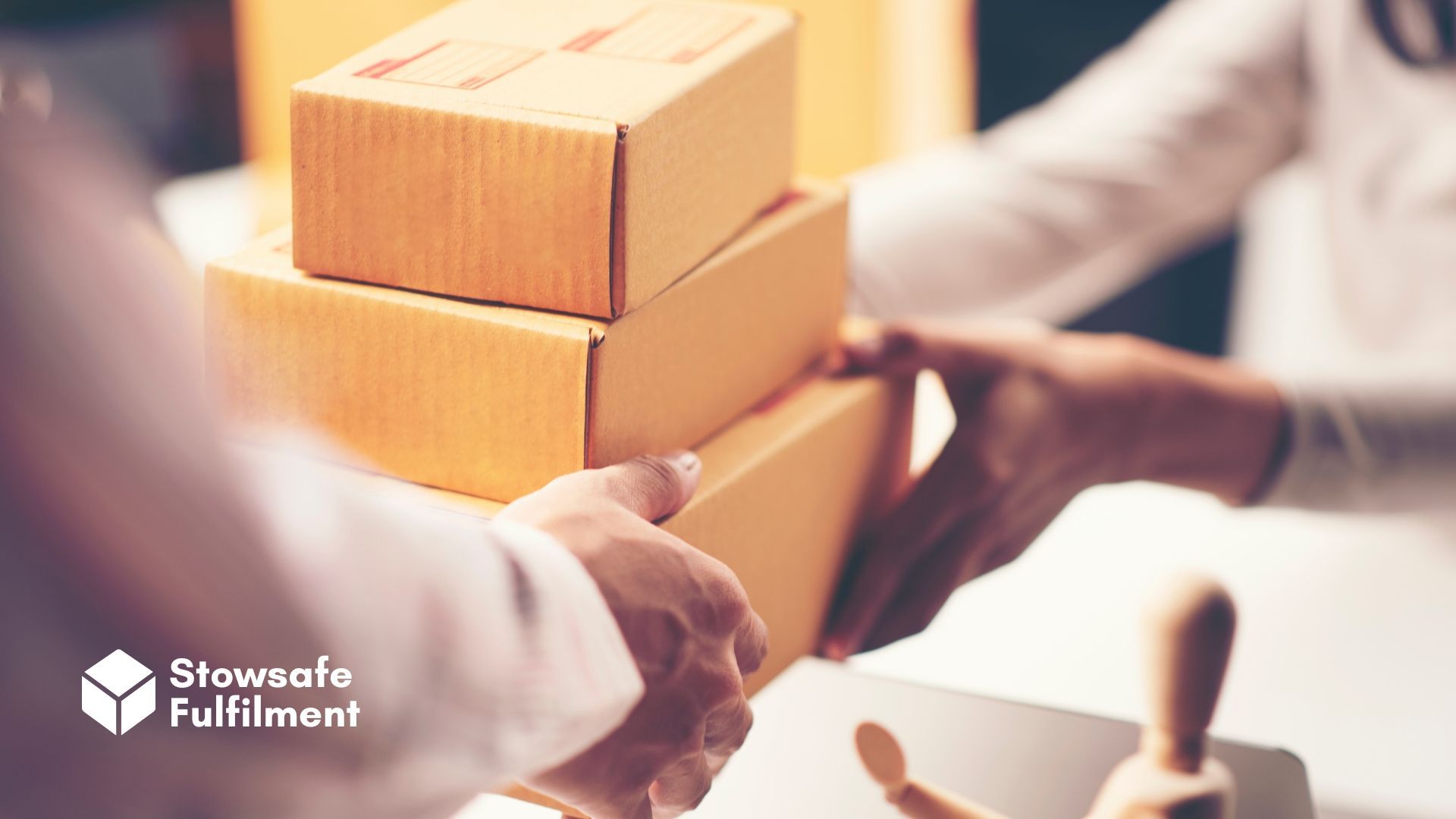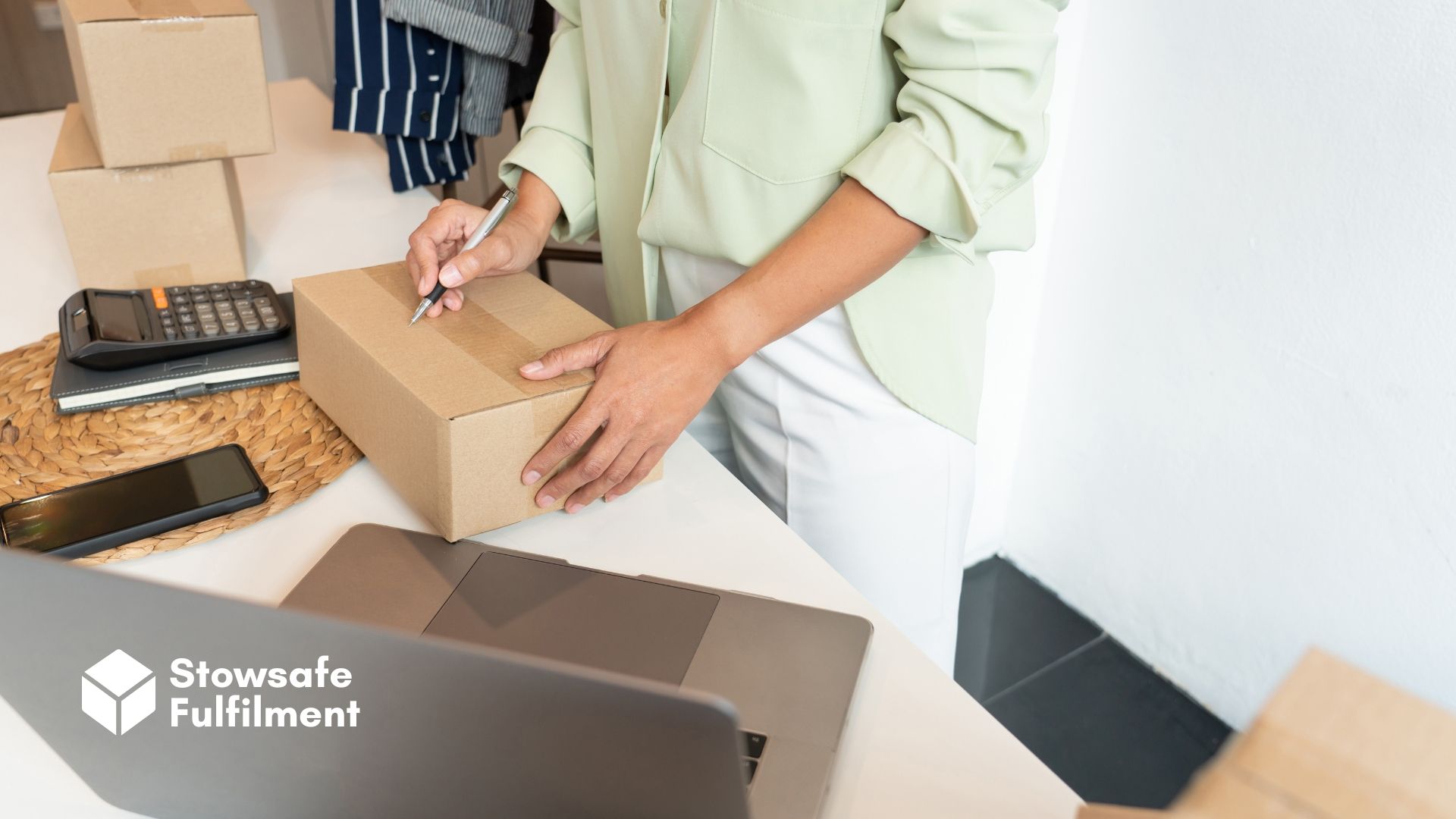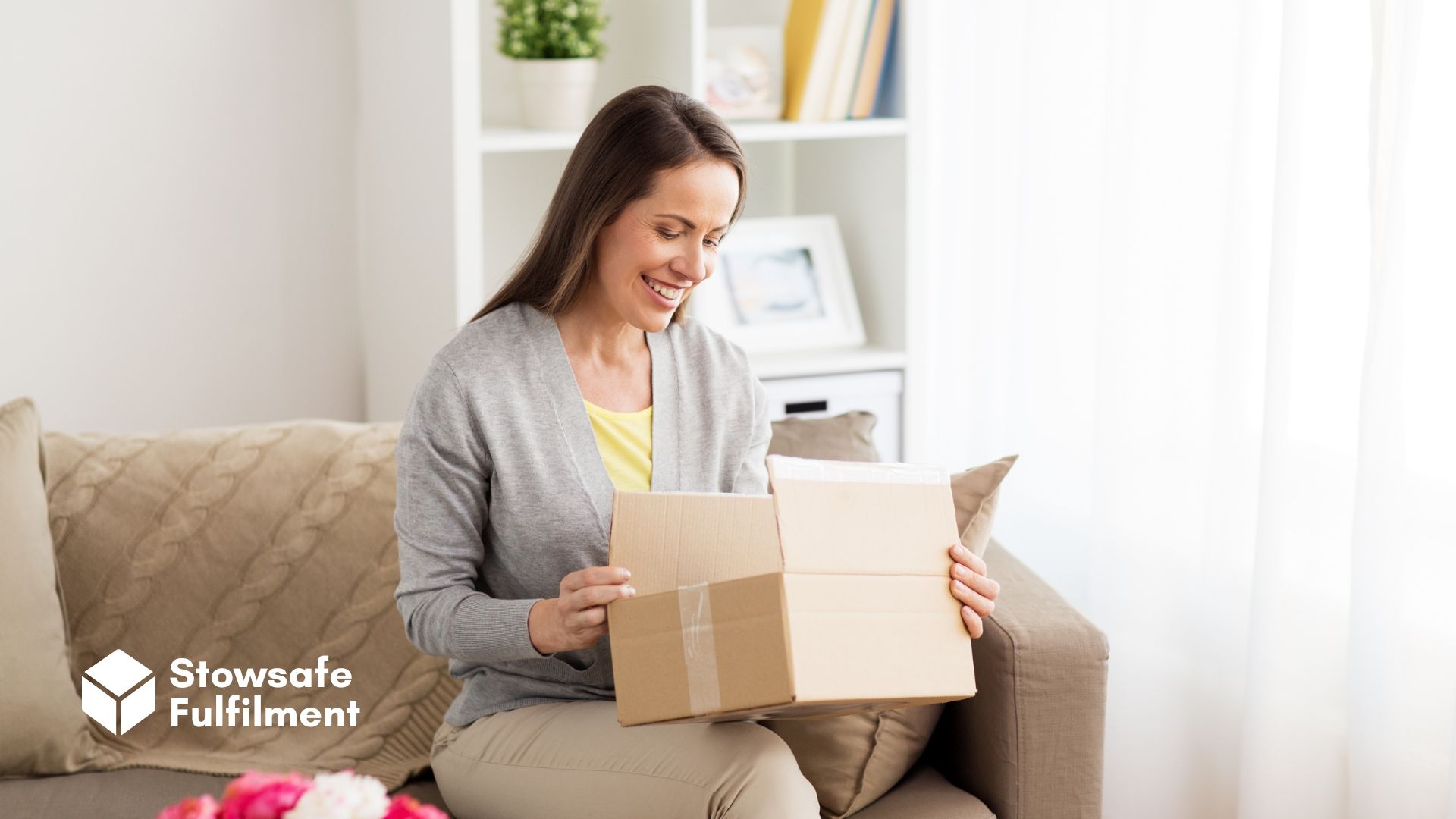How has the COVID-19 pandemic changed eCommerce – and are those changes here to stay? Get the answers as we analyse the facts and figures.

How COVID-19 affected eCommerce
eCommerce has been growing in prominence since the 1990s, the decade that saw the birth of Amazon.
During the lockdowns of 2020 and 2021, the need for eCommerce boomed for obvious reasons. With most brick-and-mortar shops closed, and many people anxious about social distancing, online shopping became the primary purchasing method for lots of consumers.
The scale of this spike in online sales can be seen in stats from
eMarketer. Before the pandemic, eCommerce made up 13.8% of global sales. By the end of 2021, this had jumped to 19.6%.
This was a global phenomenon. A United Nations
survey in October 2020 studied 3,700 consumers in nine emerging and developed economies. More than half the respondents said they now shopped online more frequently – and it was in emerging economies that the greatest shift occurred.
Stats from the United States show the unprecedented scale of the boom. In April 2020, US retailers' online revenue growth was up 68%. Overall, there was 146% growth in all online retail orders. Online purchases rose by six to ten per cent across sectors including electronics, gardening, DIY, household products and personal care.
This was a historic increase.
Online sales in US retail jumped 40% in 2021 and, in the same year, around 75% of US consumers were making purchases online as well as in-store.
Working from home
It wasn't only the lockdowns that led consumers to prioritise shopping online. There's also the fact that many people worked from home during the pandemic. Many are continuing to do so – in the UK,
nearly a quarter. Half of those people say their increased use of online stores is permanent.
Has the pandemic changed eCommerce forever?
The post-lockdown picture is mixed. While
Shopify executives are preparing a "reset to the pre-Covid era", the
eCommerce Delivery Benchmark Report 2021 predicts that, by 2025, 49.7% of all non-food sales will be made online.
Despite the easing of restrictions in many countries, a significant proportion of consumers intend to continue doing the bulk of their shopping online.
According to research from sustainable fashion platform
Unfolded, published in March of this year, 70.6% of respondents said they're still more likely to shop online than in-store.
Research by
Retail Gazette says that by 2025, "UK retailers will reach an additional £19.6 billion of online home deliveries by 2025", and that "27.3% of UK consumers now expect to permanently shift more of their shopping online". This new demographic of
"digital shifters" is predicted to make another £22.4 billion in online sales.
While we can't offer a granular forecast of how eCommerce will continue to develop, it's safe to say that it's going nowhere.
This has clear benefits for retailers. Local and independent stores have the opportunity to reach new consumers at home and abroad.
New expectations
One thing that's changed as a result of the eCommerce boom is customer expectations. As more and more consumers become keen online buyers, they come to expect a shopping experience to match that provided by retail giants like Amazon, or fast fashion outlets like ASOS or ZARA. This is characterised by:
- Seamless, fast delivery.
- Personalised product promotion based on previous purchases.
- Interactive features like chatbots.
- Clear, informative websites that are easy to search.
Smaller retailers have to compete with these standards to meet consumer expectations.
Prioritising online presence
To achieve this, retailers need to put great emphasis on their online presence.
There are three key strands to this. The first is a company's website – the online home of the store. It needs to be clear, informative,
accessible and designed in line with eCommerce regulations surrounding data handling and transactions. Platforms like Shopify or Magento can help you to build and customise your online store, and sell in different places. These platforms handle security, order tracking and fulfilment so that you don't have to – all you need to do is make sure your products are in stock and your information is current.
The second is social media. Along with eCommerce, the pandemic saw a boom in the use of Instagram, Facebook, and TikTok. These are channels through which products and services can be advertised in a targeted and personalised way. They are especially important for reaching younger demographics.
Finally, retailers need a multi-platform or "omnichannel" approach, selling products and services not only on their website but also through marketplaces like Amazon and eBay. Social media apps like
WhatsApp are experimenting with their own marketplaces too, giving retailers even more ways to reach new consumers.
Once you're selling on multiple platforms, though, things can get tricky without
platform integration. This is code that synchronises the various platforms that you use, so no order slips between the cracks.
Whatever, exactly, the future holds, it's clear from the phenomenon of digital shifters that a permanent move toward online shopping is taking place. These are consumers who have taken advantage of eCommerce as a way to discover new brands and enjoy the convenience of home delivery.
With this change in consumer habits comes new expectations, especially around speedy, cheap delivery. This is likely to spearhead an increase in last-mile delivery services, such as lockers, as well as alternative methods for transporting goods – taxis, say, or even drones.
So while there has been a return to the high street, eCommerce is flourishing – and there are no signs that it will start to wane any time soon.
Thanks for reading. We're an eCommerce fulfilment provider based in the southwest of the UK. If you'd like to learn more about
logistics and fulfilment, check out our
blog for news and analysis.
All Rights Reserved | Stowsafe Fulfilment


